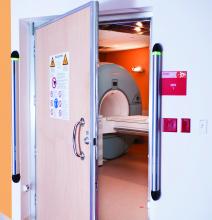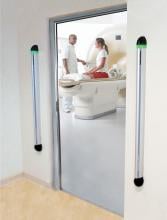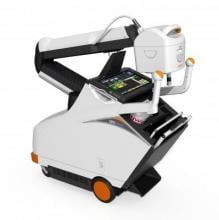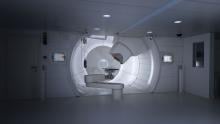There are a handful of priorities for radiologists: lowest radiation dosage, highest image quality, optimal workflow, patient satisfaction and software usability. Part of the Cone Health System, Alamance Regional Medical Center‘s (ARMC) partnership with Samsung has made possible a host of positive outcomes for ARMC’s radiology teams and their patients. A recent study revealed that Samsung’s technology was effective in performing reduced-dose X-ray examinations without compromising image quality.
© Copyright Wainscot Media. All Rights Reserved.
Subscribe Now









